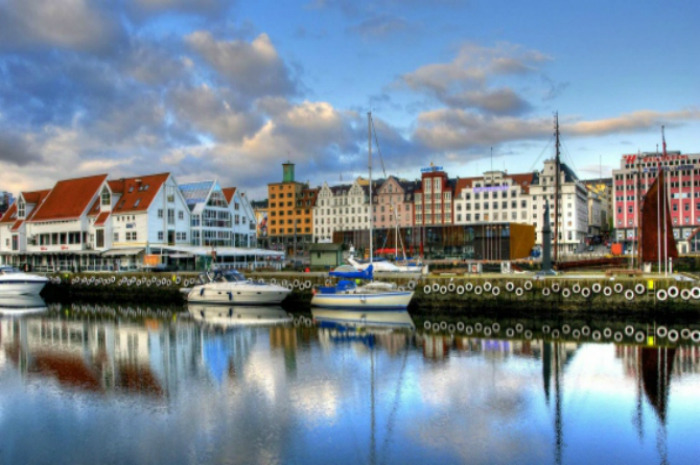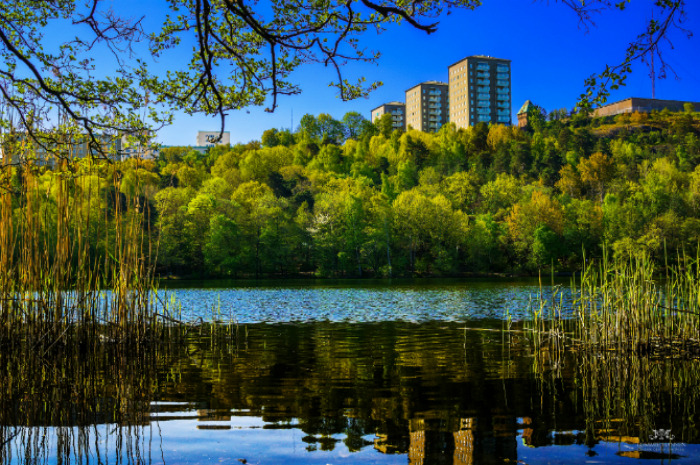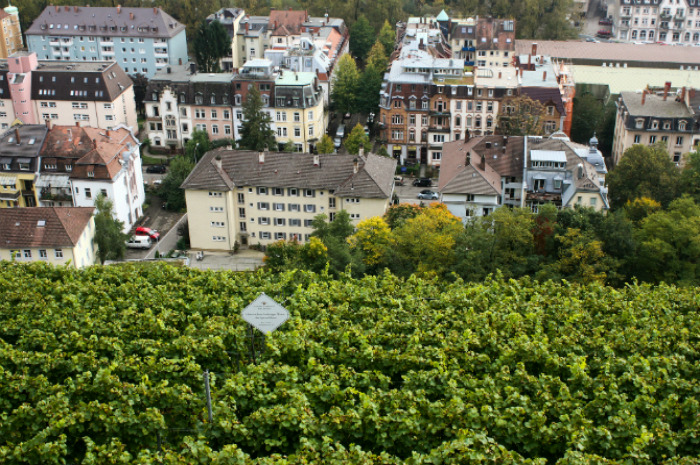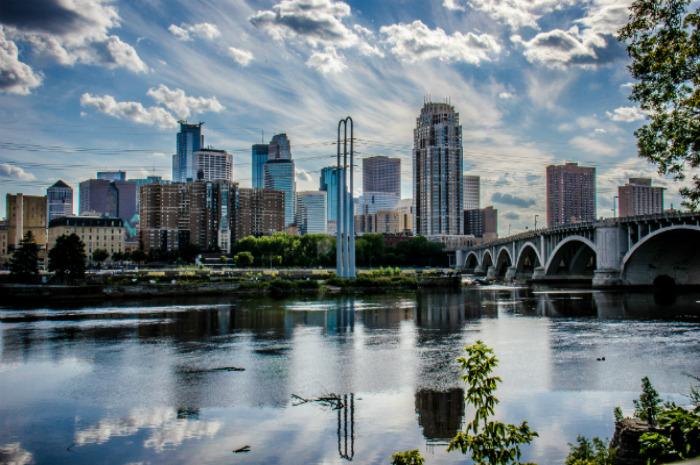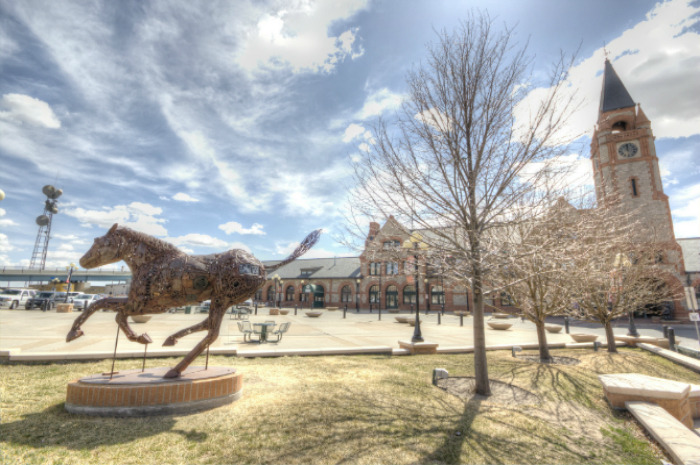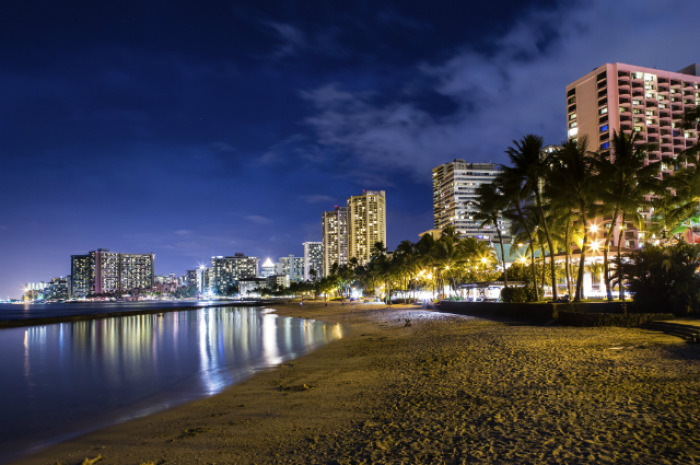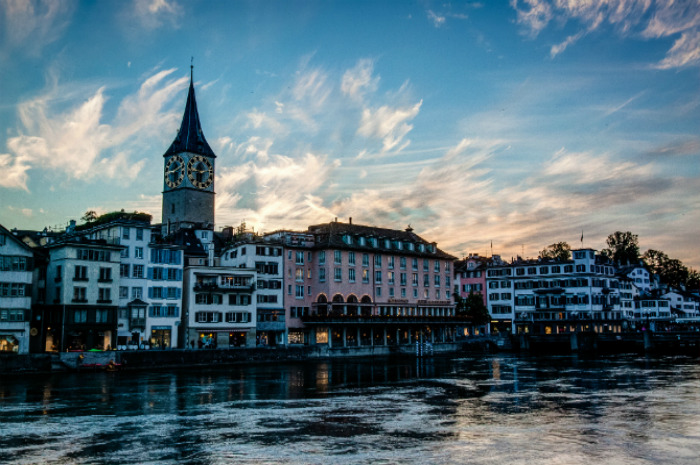Have You Been To These 10 Of The World's Cleanest Cities?
The big reason why Oslo, the capital of Norway, is perceived as one of the world's cleanest cities is the many way the city finds to make itself greener. Five years ago the local administration launched buses that run on by the fuels taken from human waste. Officials don't spare expenses when it comes to educating people on the merits of keeping the environment unpolluted.
Stockholm, Sweden
Stockholm, the capital of Sweden, has a large and very efficient public transportation system and less number of industries in the city. People actually want to get on the bus instead of in their cars to go to work because it's much easier. As a result, fuel consumption is not very high and the air is cleaner. The Swedish capital has a very well managed waste system – garbage is collected from homes and transported through underground network of tunnels. Sweden recycles 99 percent of its waste and the remaining 1 percent is buried in landfills.
Freiburg, Germany
Freiburg is known as the "Flower City" because it's full of trees and hills covered with flowers. Residents are aware of the town's reputation and put in a lot of effort to keep it clean. Grass gardens, parks and other green projects are visible all over the city. Eco housing and car-free streets contribute to keeping the city's air fresh and clean.
Minneapolis, Minnesota
This one may not be so obvious because it has a population of more than 382,000 people – the largest city in Minnesota. But the local officials have passed several green initiatives that make it easy for residents put clean air high in their priorities list. One of them is light rail systems. Bike riding has been widely promoted and many designated lanes are now available for commuters. A 2003 law made Minnesota the first state to mandate a biodiesel blend of diesel fuel for highway vehicles. Since July, 2005 all highway diesel fuel in Minnesota contained at least a 2 percent biodiesel blend.
Cheyenne, Wyoming
Cheyenne is the cleanest city in the U.S. in the year-round particle pollution category. It has the lowest level of year-round PM 2.5 particulates. The city's small size and few residents – just about 89,000 – help keep that good ranking. Fewer cars, a major source for PM 2.5 particulates, are on the roads. In addition to that, the state's capital, which is famous for its mountains, has remained mostly untouched by drilling and fracking.
Honolulu, Hawaii
Honolulu may be a tourist hotspot but it's certainly big on manufacturing. The American Public Transportation Association has emphasized Honolulu's transit system, which includes dedicated bus lanes because they have heled reduce traffic and exhausts fumes. Moreover, Hawaii's capital has some of the lowest ozone and PM 2.5 particulates levels in the country due to its location in the Pacific Ocean.
Fargo, North Dakota
This small town is mostly famous for a motion picture from 1996 that has the same name and for a similar TV drama series. It's not getting popular for keeping its air clean, which is mostly possible because of its small population of 114,000. "Coal-fired coal power plants, oil and gas fields, of which the state has plenty, have not been a big problem due to North Dakota's geography. The windy weather and wide-open spaces dilute the pollution particle.
Prescott, Arizona
A report from the American Lung Association recently ranked Prescott as the cleanest metropolitan area in the country for 24-hour particle pollution and for annual particle pollution. The numbers are based on actually monitoring Prescott Valley, a bustling small town of about 42,000 people, just east of Prescott.
Adelaide, Australia
This city in southern Australia had banned cars that give out smoke. Combine that with Adelaide's natural "fence" of vast mountain ranges, and why the air there is so clean makes a lot of sense. Parks are just a few miles apart. Litter has been outlawed as well. About 85 percent of the waste in the city is recycled.
Zurich, Switzerland
Zurich is Switzerland's most famous city but not only for its banks. The city has also managed to develop a very efficient and clean public transportation system. Trains, boats, buses, and even streetcars are widely available so people are discouraged from driving their own cars burning a lot more gas than necessary, causing fuels to be released into the air when this could easily be avoided.
